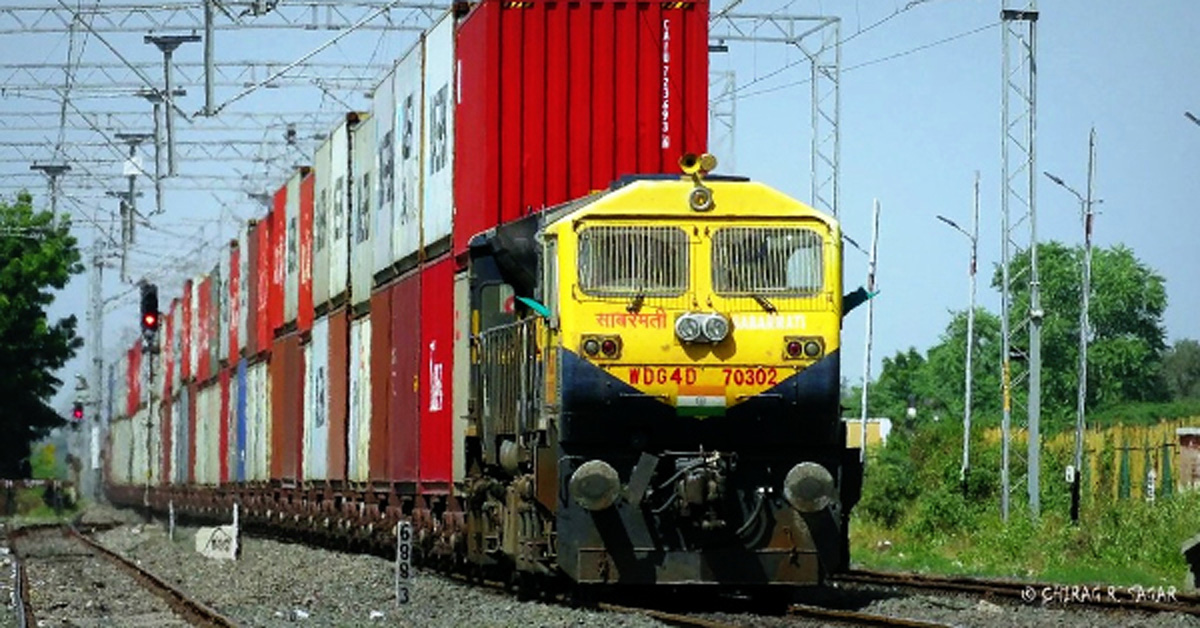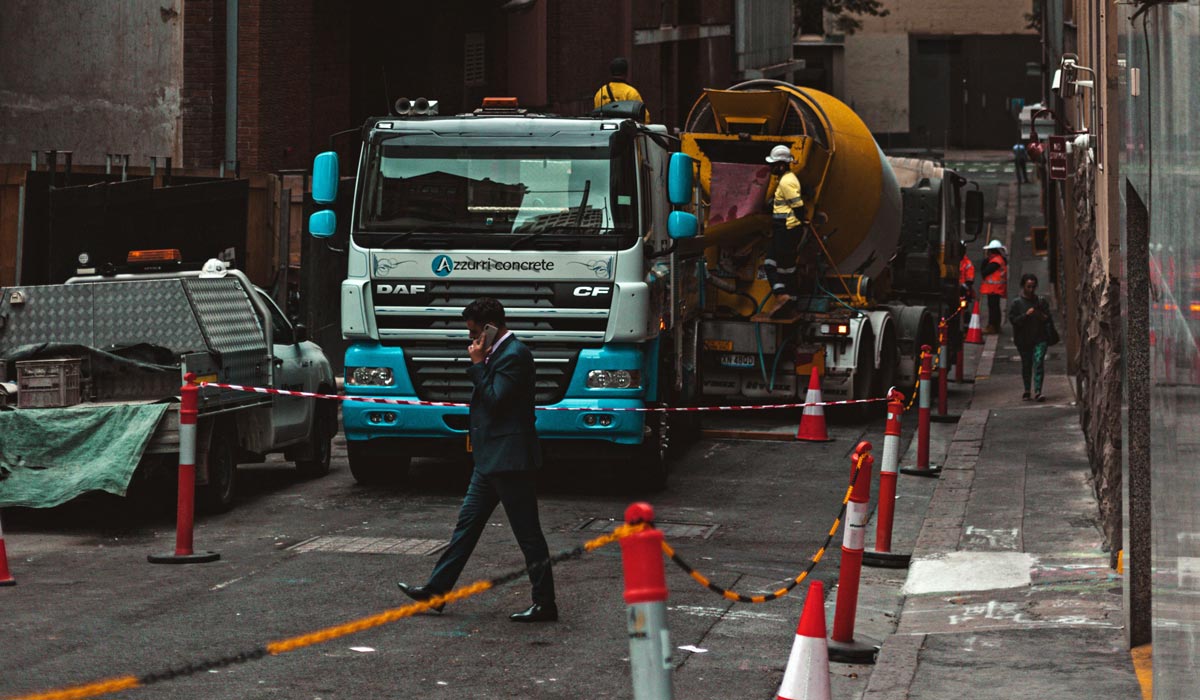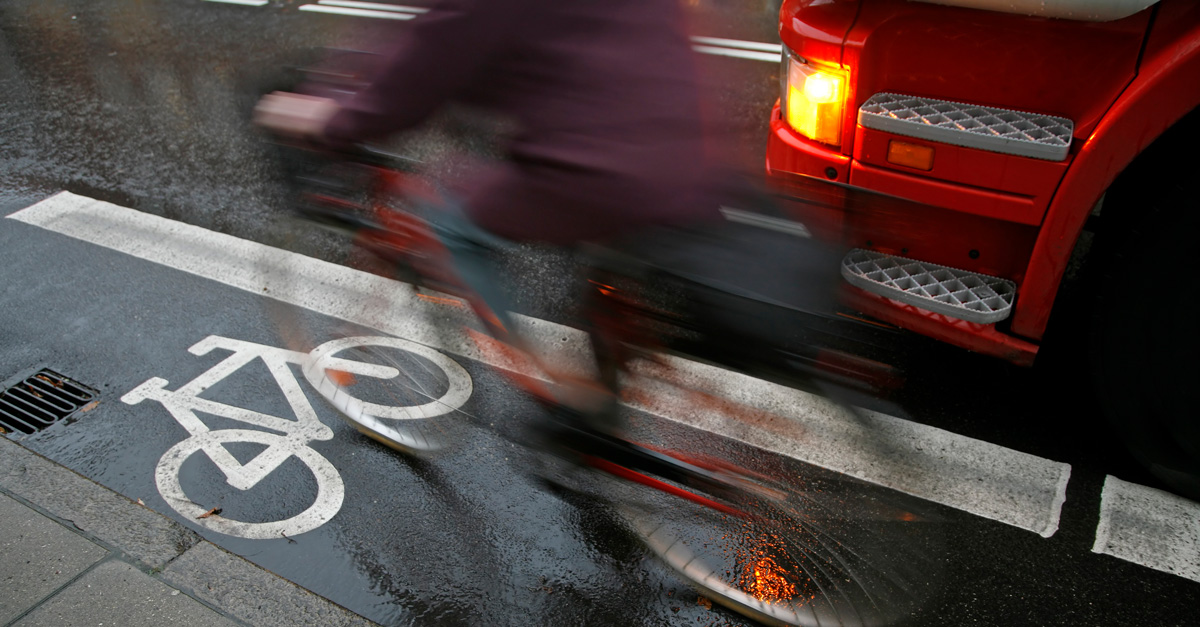Protecting Vulnerable Road Users
Every so often we are profoundly reminded about why we do what we do here at SGESCO-MAX: create safety solutions for protecting vulnerable road users...

One of Australia’s most ambitious infrastructure projects in decades – Inland Rail from Melbourne to Brisbane – will require the road transport industry – and in particular, heavy vehicles (and their drivers) – to continue to focus on safety, speed limiting and emissions, to remain competitive.
Scheduled for completion by 2026, Inland Rail will upgrade 1,100km of existing rail line and build 600km of new track to connect any missing links between Melbourne and Brisbane. It will ensure a uniform gauge, double decker carriages, 24 hour or under delivery from Melbourne to Brisbane, and create new opportunities for regional communities. It’s estimated that 70% of items transported will be for domestic purposes.
The key goals of the project are to:
During the 12 month period ending in March 2021, 164 people died in crashes involving heavy trucks. These included 106 deaths from crashes involving articulated trucks, and 58 deaths from crashes involving heavy rigid trucks. This death rate has dropped by 3% over the last 10 years. The statistics do not include injuries.
It’s important to note that truck drivers are actually safer drivers than other vehicle drivers. Source. 10% of all road crash fatalities in 2018 involved heavy trucks, but it is estimated that in only 20% of those crashes the truck driver was at fault.
The main issues surrounding trucks accidents, however are:

(Image Source: QUT and Australian Transport Safety Bureau. (2005). Behavioural factors: The fatal five. Safety education material, ATSB)
Heavy vehicles are now also being more closely managed in our cities, via the National Road Safety Strategy 2021–30. Driving this strategy is a vision: to no longer accept a transport system that results in death and serious injury to Australians on a daily basis. The strategy’s aim is zero deaths or serious injuries on the road by 2050.
It will result in local councils delivering road infrastructure based on ‘Movement and Place’, resulting in fewer heavy vehicles in our cities, where there are likely to be vulnerable road users. Improving heavy vehicle safety is one of the nine ways the government aims to hit their zero-death target.
In light of both initiatives, how is the heavy vehicle industry aiming to do this while remaining competitive? And how are we at SGESCO-MAX helping them achieve greater safety for both heavy vehicle and car drivers? We note that many large freight companies are putting large containers onto inland rail, however this will still have an impact on routes to and from rail depots, transport to many other locations as well as drivers of these heavy vehicles.
Moving freight by rail is four times more fuel efficient than moving freight by road. The Inland Rail project will cut carbon emissions by 750,000 tonnes per year from 2050. Source.
To combat this, vehicle manufacturers are releasing a range of Electronic Vehicles, like Volvo’s medium-duty and heavy-duty electric truck range.
In Australia, the ACT is leading the charge with massive EV incentives, as well as converting the local council Isuzu Tipper Trucks to electric and charging them overnight. In NSW, their entire bus fleet will be electric by 2020.
Saul Griffith, a Renewable Energy Expert, argues that Australia needs to have close to 100% adoption of EVs by 2025 to stay on target to reduce emissions and global warming.
Nissan Australia Managing Director, Stephen Lester, on the ABC’s 7.30 Report in early June, said that around the world Australia is seen as a laggard when it comes to EV take up. On top of this, there is mounting pressure for countries to impose levies on imports from countries that are not meeting climate targets. This is likely to hasten EV adoption in Australia, where less than 1% of our vehicles are electric, compared to 20% in China.
Truck companies tendering for work in the future will need to demonstrate their impact on carbon emissions.
One of the advantages that inland rail has over road transport is that it can maintain a constant speed, and not have to contend with accidents, obstacles on the road, and roadworks.
According to the National Truck Accident Research Centre (NTARC), inappropriate speed for the conditions continued to be the main cause of major truck crashes, at 21.4%, with 68.4% of speed losses resulting in rollovers.
The 2015 study found that 82% of major crash incidents attributed to fatigue occurred in the Australian Eastern States, another argument supporting inland rail.
In most Australian States, excluding the Northern Territory, heavy vehicles are limited to a maximum of 100km/hr on major roads. Some states set the limit lower than this, depending on type of vehicle.
In NSW, all heavy vehicles of more than 13.9 tonnes and busses are required to have vehicle monitors (like a black box) that records, amongst other things, speeds at which vehicles are driven, as well as rest breaks. Monitors produce a continuous record of vehicle operation, allowing drivers and operators who break the law to be identified. Vehicle monitoring records also help identify vehicles upon which the speed limiter has been tampered with or disabled.
Our Speed Limiting Solutions
SGESCO-MAX provides the MAX-SAFE Speed Limiting solutions, which allow for up to 8 speed settings to be pre-programmed, making it easy for drivers to flick a switch and adhere to the road limit. It works on all manual and automatic vehicles, giving consistency to drivers. The maximum speeds can be locked and not over-ridden. This gives a sense of security to fleet and safety mangers.
A major challenge with heavy vehicle road transport is blind spot monitoring, exacerbated by car driver ignorance. Using mirrors alone, heavy vehicle drivers have between 50 and 60% visibility (approximately) of the surrounds of their vehicle.
Our MAX-SAFE Safety-Eco System includes radars, lidars and sonars to give heavy vehicle drivers 100% oversight of what is happening around their vehicle. The information can be fed into a single monitor in their cabin, mounted on the driver side pillar, and can be combined with audible warning systems to alert drivers.
Active Braking
SGESCO-MAX pioneered active braking technology in Australia, with the first automatic Anti-Rollaway breaking technology in 2002. Today, we are developing ways for this system to work with respect to forward motion breaking (depending on speed ranges and applications) – responding before a driver can if an object is deemed too close at the front or side of a vehicle. It may not necessarily stop an accident, but it will reduce the speed, which will help lessen the impact and damage.
As with carbon emissions, the onus will be on transport and logistics companies to demonstrate that they are taking proactive steps towards speed limiting and have greater safety precautions in their vehicles to compete with Inland Rail
SGESCO-MAX is committed to working with fleet managers and vehicle manufacturers to do just that.

Every so often we are profoundly reminded about why we do what we do here at SGESCO-MAX: create safety solutions for protecting vulnerable road users...

Australia’s heavy vehicle fleet will likely undergo a major transformation in the next decade to meet a number of road safety and climate objectives.

SAFETY SOLUTIONS FOR THE WASTE MANAGEMENT INDUSTRY Already this year across Australia there have been some tragic fatalities involving vulnerable...